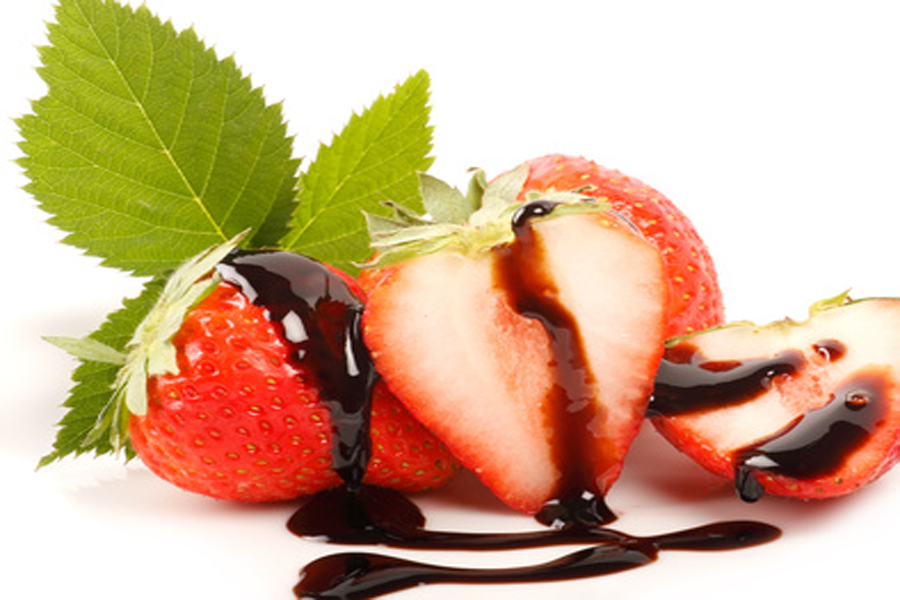


Let us help you with this guide of cream types and definitions.
Cream is a dairy product that is composed of the higher-layer of yellowish fatty component that accumulates at the top surface of unhomogenized milk. This is skimmed from the top of milk before homogenization.
The amount of butterfat contained in the cream will determine how well cream will whip and how stable it will be. Higher fat creams tend to taste better, have a richer texture, and don’t curdle as easily when used in cooking.
Leftover Cream Tips:
If you have leftover cream that is close to the expiration date, just freeze it (making sure you leave at least 1/2 inch at the top of the container to leave room for expansion. To thaw, refrigerate overnight. It will probably separate, so shake it well to recombine it.
You can also whip the cream until it forms stiff peaks. Then spoon dollops onto a parchment-lined baking sheet and freeze. When the whipped cream dollops are frozen, pack them into an airtight container and freeze up to several weeks or until you need a dollop for dessert. Just be sure to let them thaw for 10 minutes at room temperature before serving.
Different types of creams available:
| Type | Butterfat Content | Uses |
|---|---|---|
| Half and Half | 12% fat (range 10.5-18%) | In the United States, half and half is a mix of 1/2 whole milk and ½ cream, typically used as a cream in coffee. Half-and-half does not whip, but it can be used in place of whipping (heavy) cream in many recipes for less fat cooking. |
| Single Cream | 20% | Cream with a low fat-content, which does not thicken when beaten. Used in both sweet and savory dishes. Also know as light cream. |
| Light Cream | 20% fat (range 18-30%) | Pretty much the same as half and half. Also know as coffee cream or table cream. Will whip if it contains 30% butterfat but will not be very stable. Generally contains only 20% butterfat. Also know as single cream. Light cream is not available everywhere. |
| Whipping Cream | 30% | Cream with enough butterfat in it to allow it to thicken when whipped. Does not whip as well as heavy cream but works well for toppings and fillings. Almost all whipping cream is now ultra-pasteurized, a process of heating that considerably extends its shelf life by killing bacteria and enzymes. |
| Heavy Cream or Heavy Whipping Cream |
36 to 38% | This cream whips denser than whipping cream. Whips up well and holds its shape. Doubles in volume when whipped. How to make Basic Whipped Cream. |
| Double cream | 48% | Double cream is the British term for heavy or whipping cream in the United States, but it is a little thicker than our whipping cream. It contains about 48% butterfat. Double cream is so rich, in fact, that it is easy to over whip it and get it too thick. |
| Clotted Cream | 55 to 60% | Also know as Devonshire or Devon Cream. It is a thick, rich, yellowish cream with a scalded or cooked flavor that is made by heating unpasteurized milk until a thick layer of cream sit on top. The milk is cooled and the layer of cream is skimmed off. Traditionally served with tea and scones in England. How to make a Mock or Faux Devonshire Cream |
| Creme fraiche | It is a matured, thickened cream that has a slightly tangy, nutty flavor and velvety rich texture. The thickness can range from that of commercial sour cream to almost as solid as room temperature margarine. In France, the cream is unpasteurized and therefore contains the bacteria necessary to thicken it naturally. In America, where all commercial cream is pasteurized, the fermenting agents necessary can be obtained by adding buttermilk or sour cream. It is used as a dessert topping and in cooked sauces and soups, where it has the advantage of not curdling when boiled. How to make a Mock or Faux Creme Fraiche. |
Pasteurized and Ultra-pasteurized: Creams will generally be labeled pasteurized or ultra-pasteurized.
Pasteurized cream will provide a better flavor, will whip up fluffier, and will hold up longer.
As ultra-pasteurized whipping cream has been heated between 260 and 280 degrees F. and held for only two seconds to extend its shelf life. It is more temperamental when it comes to whipping.Ultra-Pasteurized Heavy Cream “will not work” if peaks or frothing are required in your recipe.